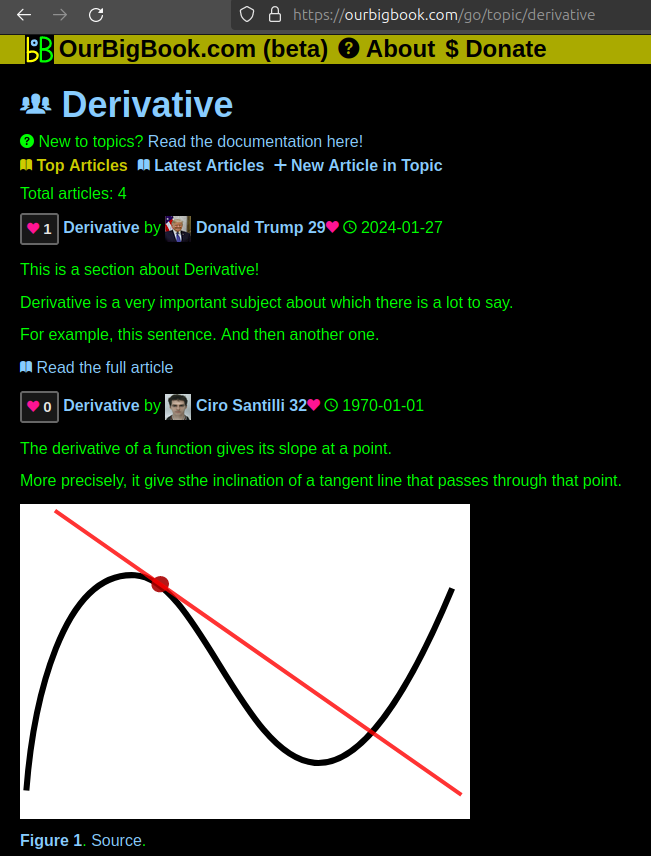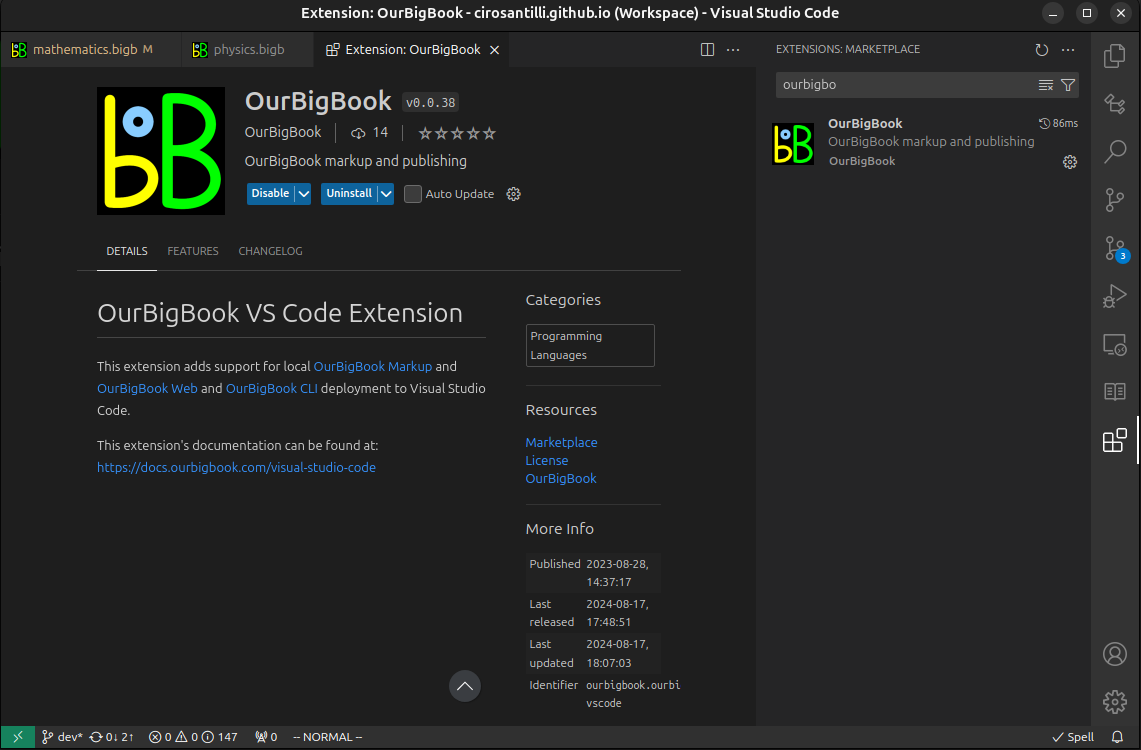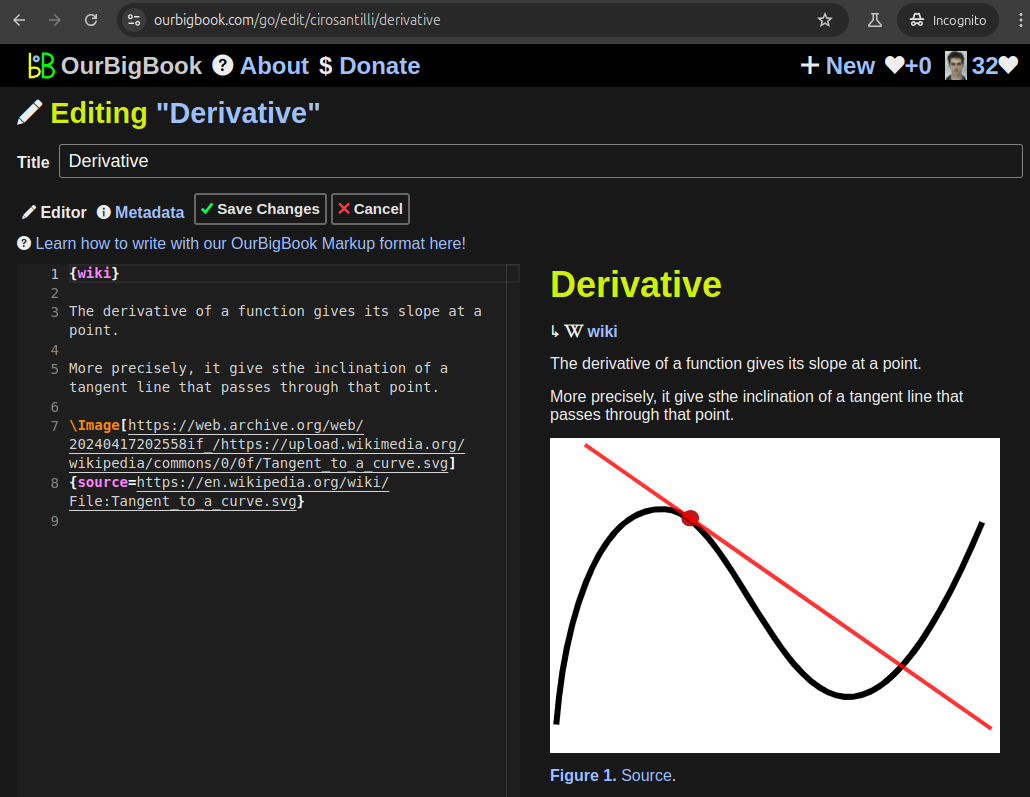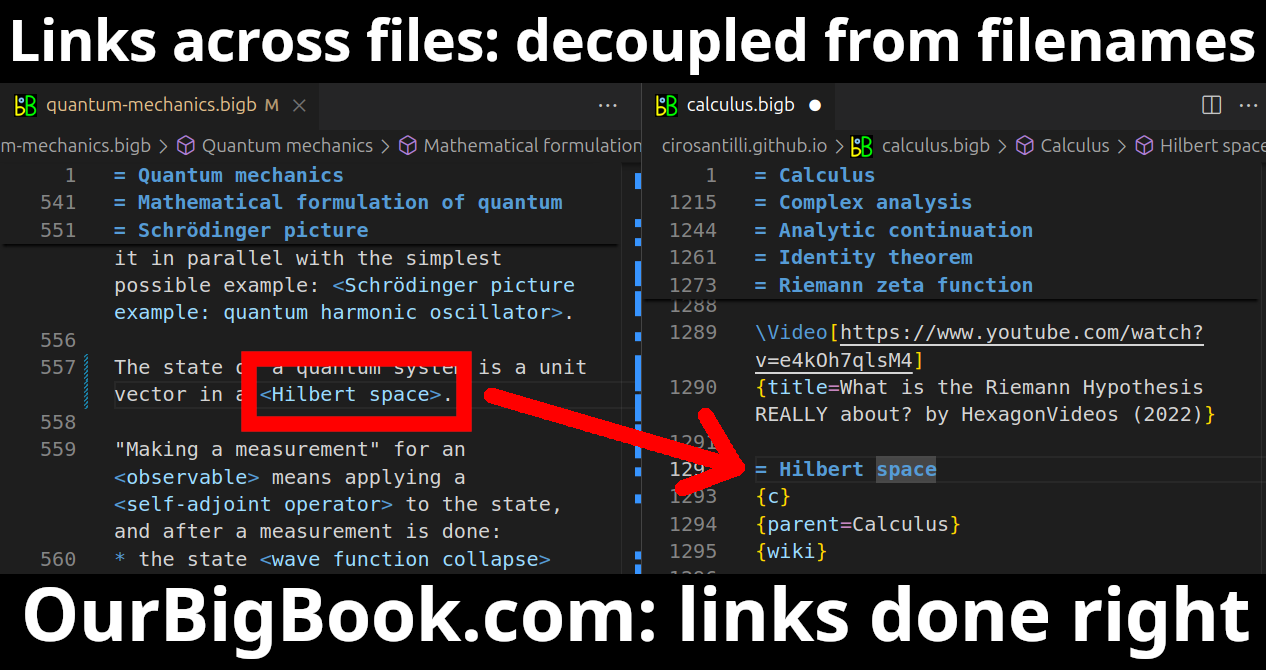A thin-film thickness monitor is an instrument used to measure the thickness of thin films during deposition processes, such as in semiconductor manufacturing, optical coatings, or other applications involving layered materials. These monitors provide real-time feedback on the thickness of a film being applied to a substrate, allowing for precise control over the deposition process.
Petrus Phalesius the Elder appears to be a less widely known historical figure, and information specifically about him may be scarce.
"Through and through" is an idiomatic expression that means completely, thoroughly, or in every aspect. It is often used to emphasize that someone or something embodies a particular quality or characteristic entirely. For example, if someone says, "She is a New Yorker through and through," it means that she embodies the characteristics, culture, and spirit of New York City in every way.
A phase vocoder is an audio signal processing technique primarily used for time-stretching and pitch-shifting audio signals without significantly altering their quality. It operates based on principles of Fourier analysis and synthesis, and is widely used in electronic music production, sound design, and other audio applications. ### How It Works 1.
An "alternative" formulation of quantum mechanics that does not involve operators.
The first quantum mechanics theories developed.
Their most popular formulation has been the Schrödinger equation.
Experiments explained:
- via the Schrödinger equation solution for the hydrogen atom it predicts:
- spectral line basic lines, plus Zeeman effect
- Schrödinger equation solution for the helium atom: perturbative solutions give good approximations to the energy levels
- double-slit experiment: I think we have a closed solution for the max and min probabilities on the measurement wall, and they match experiments
Experiments not explained: those that the Dirac equation explains like:
The easiest to understand case of the equation which you must have in mind initially that of the Schrödinger equation for a free one dimensional particle.
Then, with that in mind, the general form of the Schrödinger equation is:where:
Equation 1.
Schrodinger equation
. - is the reduced Planck constant
- is the wave function
- is the time
- is a linear operator called the Hamiltonian. It takes as input a function , and returns another function. This plays a role analogous to the Hamiltonian in classical mechanics: determining it determines what the physical system looks like, and how the system evolves in time, because we can just plug it into the equation and solve it. It basically encodes the total energy and forces of the system.
The argument of could be anything, e.g.:Note however that there is always a single magical time variable. This is needed in particular because there is a time partial derivative in the equation, so there must be a corresponding time variable in the function. This makes the equation explicitly non-relativistic.
- we could have preferred polar coordinates instead of linear ones if the potential were symmetric around a point
- we could have more than one particle, e.g. solutions of the Schrodinger equation for two electrons, which would have e.g. and for different particles. No matter how many particles there are, we have just a single , we just add more arguments to it.
- we could have even more generalized coordinates. This is much in the spirit of Hamiltonian mechanics or generalized coordinates
The general Schrödinger equation can be broken up into a trivial time-dependent and a time-independent Schrödinger equation by separation of variables. So in practice, all we need to solve is the slightly simpler time-independent Schrödinger equation, and the full equation comes out as a result.
Solving the Schrodinger equation with the time-independent Schrödinger equation by  Ciro Santilli 37 Updated 2025-07-16
Ciro Santilli 37 Updated 2025-07-16
Before reading any further, you must understand heat equation solution with Fourier series, which uses separation of variables.
Once that example is clear, we see that the exact same separation of variables can be done to the Schrödinger equation. If we name the constant of the separation of variables for energy, we get:
- a time-only part that does not depend on space and does not depend on the Hamiltonian at all. The solution for this part is therefore always the same exponentials for any problem, and this part is therefore "boring":
- a space-only part that does not depend on time, bud does depend on the Hamiltonian:Since this is the only non-trivial part, unlike the time part which is trivial, this spacial part is just called "the time-independent Schrodinger equation".Note that the here is not the same as the in the time-dependent Schrodinger equation of course, as that psi is the result of the multiplication of the time and space parts. This is a bit of imprecise terminology, but hey, physics.
Because the time part of the equation is always the same and always trivial to solve, all we have to do to actually solve the Schrodinger equation is to solve the time independent one, and then we can construct the full solution trivially.
Once we've solved the time-independent part for each possible , we can construct a solution exactly as we did in heat equation solution with Fourier series: we make a weighted sum over all possible to match the initial condition, which is analogous to the Fourier series in the case of the heat equation to reach a final full solution:
- if there are only discretely many possible values of , each possible energy . we proceed and this is a solution by selecting such that at time we match the initial condition:A finite spectrum shows up in many incredibly important cases:Equation 3.Solution of the Schrodinger equation in terms of the time-independent and time dependent parts.
- if there are infinitely many values of E, we do something analogous but with an integral instead of a sum. This is called the continuous spectrum. One notable
The fact that this approximation of the initial condition is always possible from is mathematically proven by some version of the spectral theorem based on the fact that The Schrodinger equation Hamiltonian has to be Hermitian and therefore behaves nicely.
It is interesting to note that solving the time-independent Schrodinger equation can also be seen exactly as an eigenvalue equation where:The only difference from usual matrix eigenvectors is that we are now dealing with an infinite dimensional vector space.
- the Hamiltonian is a linear operator
- the value of the energy
Eis an eigenvalue
Furthermore:
- we immediately see from the equation that the time-independent solutions are states of deterministic energy because the energy is an eigenvalue of the Hamiltonian operator
- by looking at Equation 3. "Solution of the Schrodinger equation in terms of the time-independent and time dependent parts", it is obvious that if we take an energy measurement, the probability of each result never changes with time, because it is only multiplied by a constant
Where derivation == "intuitive routes", since a "law of physics" cannot be derived, only observed right or wrong.
TODO also comment on why are complex numbers used in the Schrodinger equation?.
Some approaches:
- en.wikipedia.org/w/index.php?title=Schr%C3%B6dinger_equation&oldid=964460597#Derivation: holy crap, this just goes all in into a Lie group approach, nice
- Richard Feynman's derivation of the Schrodinger equation:
- physics.stackexchange.com/questions/263990/feynmans-derivation-of-the-schrödinger-equation
- www.youtube.com/watch?v=xQ1d0M19LsM "Class Y. Feynman's Derivation of the Schrödinger Equation" by doctorphys (2020)
- www.youtube.com/watch?v=zC_gYfAqjZY&list=PL54DF0652B30D99A4&index=53 "I5. Derivation of the Schrödinger Equation" by doctorphys
The Schrödinger equation Hamiltonian has to be a Hermitian so we will have only positive energies I think: quantumcomputing.stackexchange.com/questions/12113/why-does-a-hamiltonian-have-to-be-hermitian
This is basically how quantum computing was first theorized by Richard Feynman: quantum computers as experiments that are hard to predict outcomes.
TODO answer that: quantumcomputing.stackexchange.com/questions/5005/why-it-is-hard-to-simulate-a-quantum-device-by-a-classical-devices. A good answer would be with a more physical example of quantum entanglement, e.g. on a photonic quantum computer.
We select for the general Equation "Schrodinger equation":giving the full explicit partial differential equation:
- , the linear cartesian coordinate in the x direction
- , which analogous to the sum of kinetic and potential energy in classical mechanics
Equation 1.
Schrödinger equation for a one dimensional particle
. The corresponding time-independent Schrödinger equation for this equation is:
Equation 2.
time-independent Schrödinger equation for a one dimensional particle
. Schrödinger equation for a one dimensional particle with . The first step is to calculate the time-independent Schrödinger equation for a free one dimensional particle
Then, for each energy , from the discussion at Section "Solving the Schrodinger equation with the time-independent Schrödinger equation", the solution is:Therefore, we see that the solution is made up of infinitely many plane wave functions.
In this solution of the Schrödinger equation, by the uncertainty principle, position is completely unknown (the particle could be anywhere in space), and momentum (and therefore, energy) is perfectly known.
The plane wave function appears for example in the solution of the Schrödinger equation for a free one dimensional particle. This makes sense, because when solving with the time-independent Schrödinger equation, we do separation of variable on fixed energy levels explicitly, and the plane wave solutions are exactly fixed energy level ones.
TODO are there experiments, or just theoretical?
Show up in the solution of the quantum harmonic oscillator after separation of variables leading into the time-independent Schrödinger equation, much like solving partial differential equations with the Fourier series.
I.e.: they are both:
- solutions to the time-independent Schrödinger equation for the quantum harmonic oscillator
- a complete basis of that space
Not the same as Hermite polynomials.
Pinned article: Introduction to the OurBigBook Project
Welcome to the OurBigBook Project! Our goal is to create the perfect publishing platform for STEM subjects, and get university-level students to write the best free STEM tutorials ever.
Everyone is welcome to create an account and play with the site: ourbigbook.com/go/register. We belive that students themselves can write amazing tutorials, but teachers are welcome too. You can write about anything you want, it doesn't have to be STEM or even educational. Silly test content is very welcome and you won't be penalized in any way. Just keep it legal!
Intro to OurBigBook
. Source. We have two killer features:
- topics: topics group articles by different users with the same title, e.g. here is the topic for the "Fundamental Theorem of Calculus" ourbigbook.com/go/topic/fundamental-theorem-of-calculusArticles of different users are sorted by upvote within each article page. This feature is a bit like:
- a Wikipedia where each user can have their own version of each article
- a Q&A website like Stack Overflow, where multiple people can give their views on a given topic, and the best ones are sorted by upvote. Except you don't need to wait for someone to ask first, and any topic goes, no matter how narrow or broad
This feature makes it possible for readers to find better explanations of any topic created by other writers. And it allows writers to create an explanation in a place that readers might actually find it.Figure 1. Screenshot of the "Derivative" topic page. View it live at: ourbigbook.com/go/topic/derivativeVideo 2. OurBigBook Web topics demo. Source. - local editing: you can store all your personal knowledge base content locally in a plaintext markup format that can be edited locally and published either:This way you can be sure that even if OurBigBook.com were to go down one day (which we have no plans to do as it is quite cheap to host!), your content will still be perfectly readable as a static site.
- to OurBigBook.com to get awesome multi-user features like topics and likes
- as HTML files to a static website, which you can host yourself for free on many external providers like GitHub Pages, and remain in full control
Figure 3. Visual Studio Code extension installation.Figure 4. Visual Studio Code extension tree navigation.Figure 5. Web editor. You can also edit articles on the Web editor without installing anything locally.Video 3. Edit locally and publish demo. Source. This shows editing OurBigBook Markup and publishing it using the Visual Studio Code extension.Video 4. OurBigBook Visual Studio Code extension editing and navigation demo. Source. - Infinitely deep tables of contents:
All our software is open source and hosted at: github.com/ourbigbook/ourbigbook
Further documentation can be found at: docs.ourbigbook.com
Feel free to reach our to us for any help or suggestions: docs.ourbigbook.com/#contact






